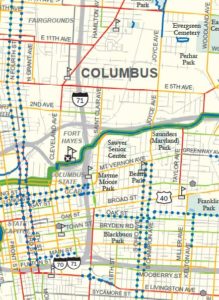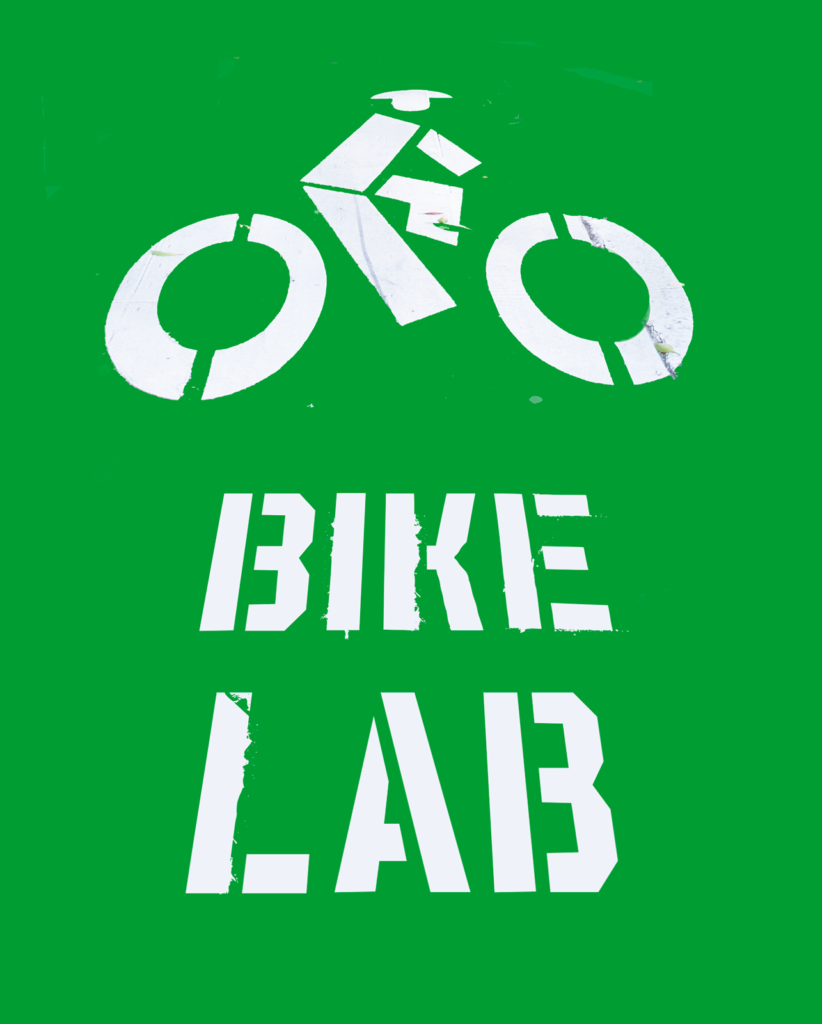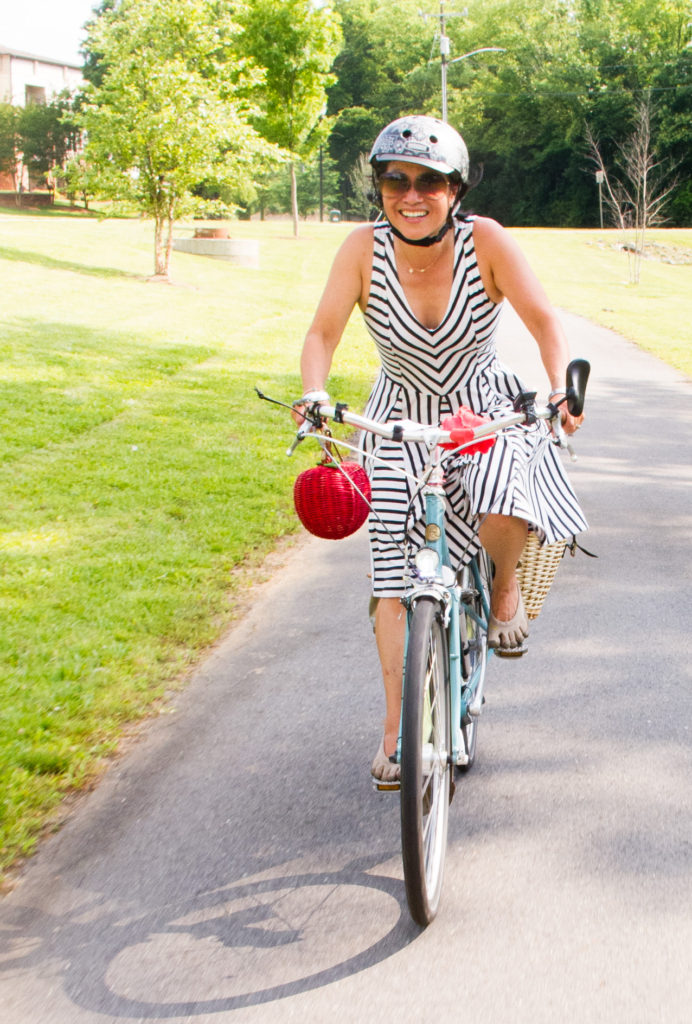There have been a number of different attempts to categorize bikeways based on different criteria. The most commonly used taxonomy in the U.S. divides bikeways into Class I (separated bike path), Class II (striped bike lane), and Class III (marked route on roads). Part of the impetus for my rolling surveys is that this classification is really not useful in considering the experience of bikeway users. Some Class I facilities are scary and dangerous, and some Class III facilities (like The Wiggle in San Francisco) provide great experiences. You really have to ride the facilities to determine if they’re any good.
Portland (of course) uses a typography based on the type of cyclists who use the facility. They break potential cyclists into four groups:
- “No way, no how”: No matter what you do, they won’t ride.
- “Interested but concerned“: They might ride but are timid and want better facilities
- “Enthused and confident“: They ride a lot but prefer their own facilities
- “Strong and fearless“: They ride all the time and don’t mind sharing the road with cars
I have a number of issues with this taxonomy, but the main issue is that it equates cyclist skill with cyclist commitment. I know plenty of enthusiastic riders who really aren’t very good or safe cyclists. I know people who ride every day who are incredibly timid. In addition to the false dichotomies inherent in hierarchy, there are false equivalences within each tier. And it also ties the cyclist to the facility, which I think is too simplistic.

Columbus doesn’t directly adopt Portland’s model, but they have a bike map which indicate routes by “level of comfort”: Good, Moderate, Poor, Residential. I have linguistic issues with the terminology, and also don’t like that it ties facilities to cyclist skill. “Poor”, for example, is described as “Road suitable for bicyclists with advanced skills. Extreme caution should be used.” (It would be great if drivers exercised extreme caution, but I think they’re talking about the cyclists).
There’s another problem with this map: it looks super-scary. I was staying in Old Town East, on the east side of this map, and with the exception of the river trail, there seemed to be no way to get around without being on yellow or red roads. The bike network in Columbus isn’t great, but it isn’t that bad. And is it necessary to highlight poor roads? It doesn’t take more than a few seconds for cyclists to realize they’re on a dangerous road.
So while riding around I was thinking about a way to categorize facilities that’s really focused on the facilities. I came up with these terms:
- Pleasant: A quiet facility with few traffic interactions. Often tree-lined or attractive in other ways. It’s possible to carry on a conversation with a companion.
- Useful: A reasonably safe but not particularly pleasant facility which connects interesting places.
- Necessary: A facility which is unpleasant but required to get from one interesting place to another.
The Midtown Greenway is a pleasant facility. So is the series of roads parallel to Little Sugar Creek, and the residential road grid in Minneapolis. South Congress in Austin is useful (and used) but certainly not pleasant. And Park Road in Charlotte is a necessary section of busy six-lane road which connects two better facilities.
What I like about this taxonomy is that it’s focused solely on the facilities, not on the cyclists using them. Expert-level cyclists enjoy pleasant facilities, too. It also provides a way to distinguish between the two goals of bike facilities: increasing safety and reducing auto trips. Some bike facilities are designed to turn necessary routes into useful routes. These are likely to increase safety but unlikely to reduce auto trips. Others are designed to turn useful routes into pleasant routes. These might not affect safety but they might move the needle on reducing auto trips. It may be helpful to distinguish between these goals and the projects which support them.


